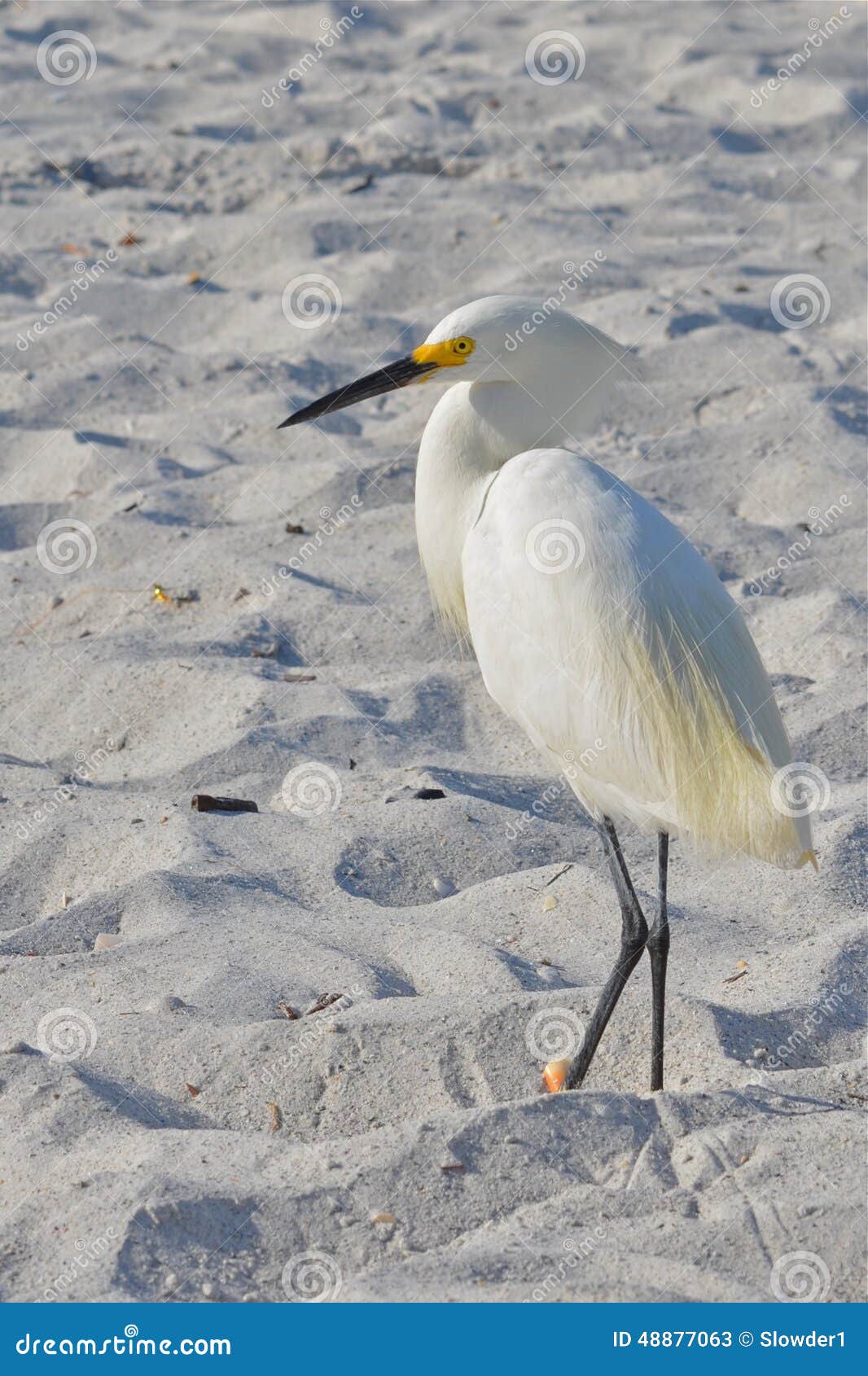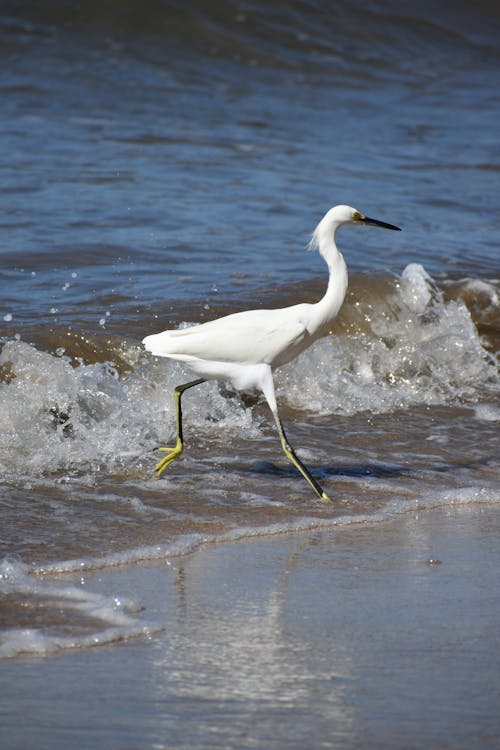Ever wondered what secrets the shoreline holds, and what silent observers grace the sandy expanse? The answer lies in the fascinating world of beach birds, each species a testament to nature's ingenuity and the delicate balance of coastal ecosystems.
During the winter months, a transformation occurs along the coast. The sanderlings, those tireless runners of the surf, swap their mottled plumage for a pristine white, becoming the lightest small wading birds on the beach. Their white stripe, a flash of brilliance, is only revealed in flight, a secret kept until they take to the air. These energetic foragers, often seen in small groups, race along the wet sand with surprising speed, their tiny legs a blur as they pursue their next meal.
But sanderlings are just one part of the avian tapestry that adorns our beaches. To truly appreciate the coastal environment, we must familiarize ourselves with the diverse cast of characters, including the ubiquitous gulls, the graceful terns, and the statuesque egrets. Each of these plays a unique role in the delicate ecosystem, their behaviors and adaptations a marvel to behold.
Let's delve deeper into some of the most captivating beach birds.
| Common Name | Appearance | Habitat | Feeding Habits | Distinctive Behaviors |
|---|---|---|---|---|
| Sanderling | Mostly white in winter, with a light gray and brown mix in summer. | Open sandy beaches. | Forages in small groups, feeding on insects, crustaceans, and other invertebrates in the wet sand. | Runs along the beach with surprising speed, following the receding waves. The white stripe on its wings is only seen when it takes to the air. |
| Gulls | Gray and white plumage. | Beaches, estuaries, and even inland areas. | Scavengers, opportunistically feeding on a variety of food sources. | Known for their scavenging habits, often seen congregating around human activity. Watch out for your beach snacks, as these birds like to hover. |
| Terns | Sleek white and gray, often with a black cap during breeding. | Beaches, estuaries. | Fish, caught by diving from above. | Agile divers, plunging from heights to catch fish. |
| Egrets | Large, white birds with long, black legs. Look for a greenish area between their eyes and the base of the bill. | Coastal and wetland habitats. | Fish, crustaceans, and insects. | Patient hunters, often standing still in shallow water, waiting to ambush their prey. |
| Black Skimmer | Black and white plumage, large red and black bills. | Open sandy beaches and estuaries, often nesting in large, noisy colonies. | Small fish and crustaceans, snatched from the water's surface. | Uses its longer lower mandible to skim the water while flying, a true marvel of avian adaptation. |
| Forster's Tern | White and gray. | Coastal areas. | Fish. | Forms colonies, can often be seen flying in large flocks. |
| Spotted Sandpiper | White belly and brown back, known for its distinctive spotted plumage. | Shorebirds found in north and south carolina. | Aquatic insects and small invertebrates. | Known for its distinctive spotted plumage. |
| White Ibis | White plumage with a long, curved beak. | Southeastern United States coastal regions. | Food in the mud and shallow water. | Uses its long, curved beak to scavenge for food in the mud and shallow water. |
| Black Oystercatcher / American Oystercatcher | Black oystercatcher loves rocky coasts, while the american oystercatcher enjoys a broad, sandy beach. | Rocky coasts / broad, sandy beach. | Clams and mussels. | Uses their bills to probe the sand for aquatic insects, crustaceans, small fish, and worms. |
| Willets | Dusty brown and white feathers. | Shallow marshes and swamps. | Ghost crabs and sand fleas. | Follow the receding waves, pecking at the wet sand. |
- Exploring The Life And Achievements Of Oliver Mclanahan Phillips
- Did Ree Drummond Pass Away In 2024 A Comprehensive Look


